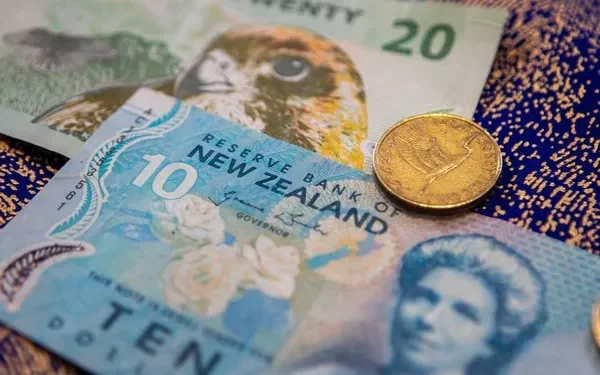The Australian Dollar (AUD) marked its fourth consecutive session of gains against the US Dollar (USD) on Thursday, propelled by upbeat Australian Consumer Price Index (CPI) figures released earlier in the week. Buoyed by the positive economic indicators and a relaxation of tensions in the Middle East, investor sentiment favored risk-sensitive currencies like the AUD, bolstering the AUD/USD pair.
Notably, the AUD found further support from the uptick in Australian government bond yields, with the 10-year yield surging above 4.49% to approach five-month highs. This increase is attributed to growing expectations of a more hawkish stance from the Reserve Bank of Australia (RBA) regarding interest rate adjustments.
Meanwhile, the US Dollar Index (DXY) experienced a slight downturn against major currencies, reflecting improved risk appetite among investors. However, gains in US Treasury yields tempered losses for the Greenback.
Investors await the release of the preliminary Gross Domestic Product Annualized (Q1) figures from the United States, which are expected to signal a slowdown in growth. The outcome of these figures may provide insights into the future actions of the Federal Reserve (Fed), particularly concerning potential adjustments to the rate cut cycle.
Chief economist at Westpac, Luci Ellis, noted that inflation slightly exceeded expectations in the March quarter, leading Westpac to adjust its forecasted date for the first rate cut from September to November this year. The CPI data for Q1 2024 revealed a 1.0% quarter-on-quarter increase, surpassing expectations, while the year-on-year figure stood at 3.6%.
On the economic front, Australia’s Composite Output Index rose in April, indicating a third consecutive month of expansion in the private sector. This growth was primarily driven by the service sector, with manufacturing output also showing signs of improvement.
In light of technical analysis, the AUD/USD pair hovers around 0.6510, residing above the psychological level of 0.6500 and within a symmetrical triangle pattern. Upside movement could see the pair targeting 0.6600, while downside risks may materialize if support at 0.6500 is breached, potentially leading to further declines towards 0.6456 and April’s low of 0.6362.

























